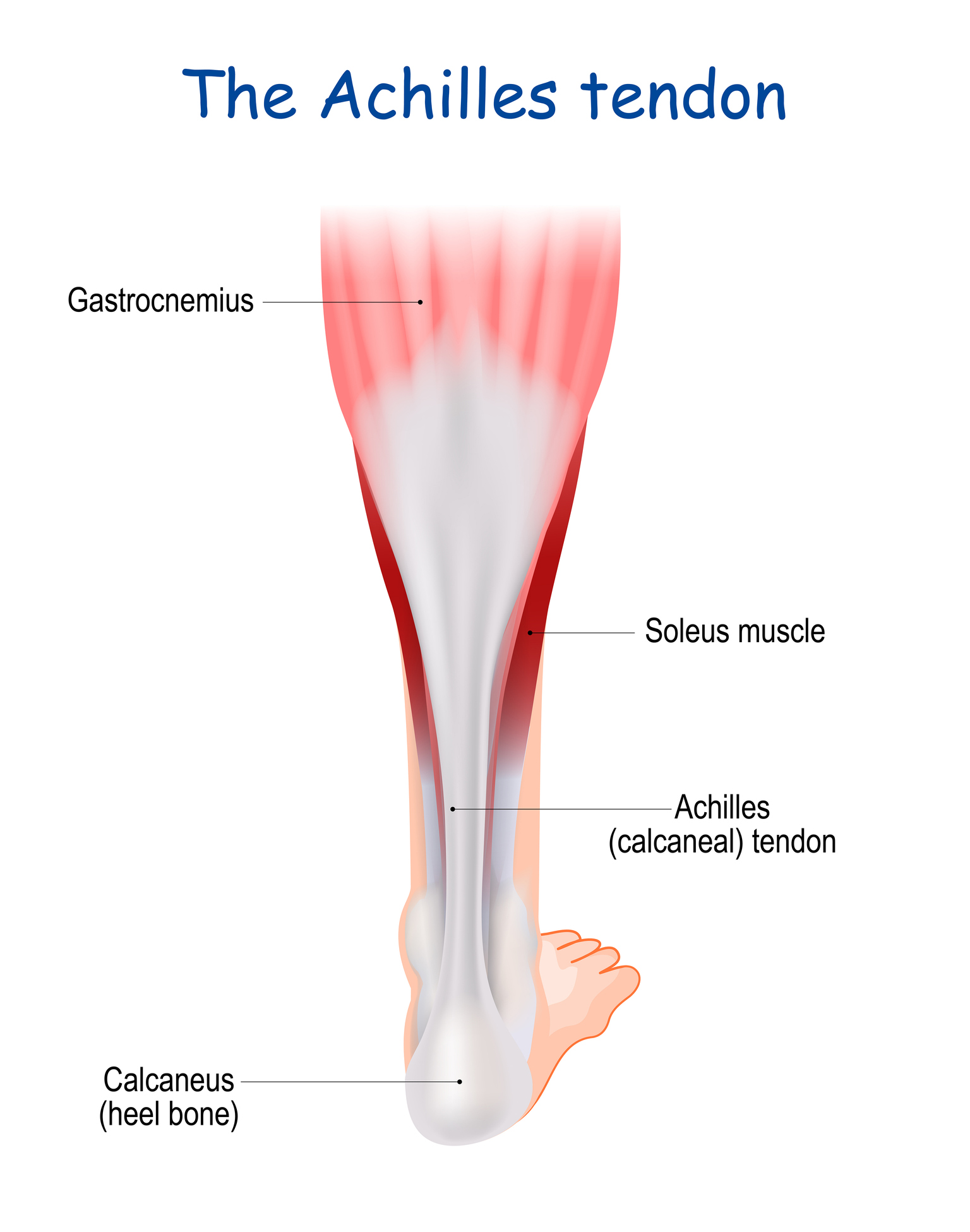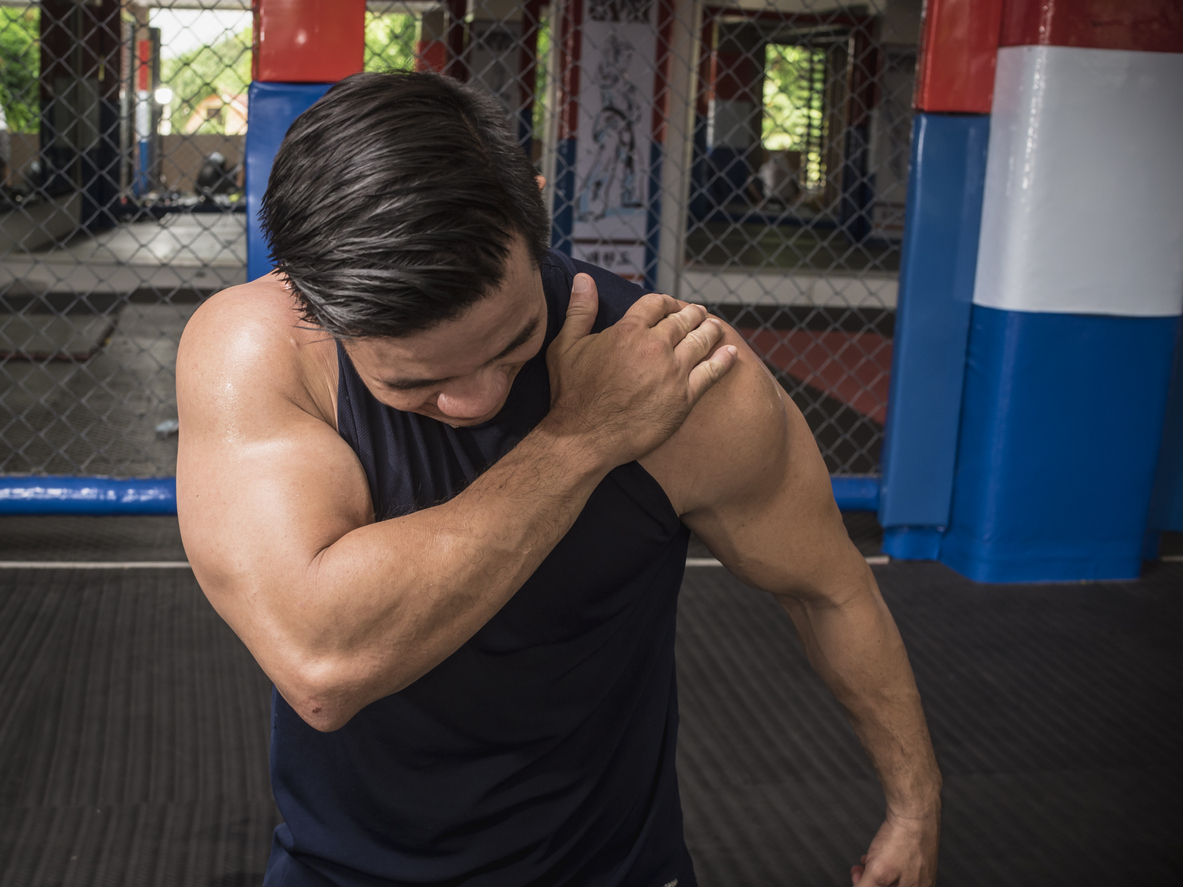Categories
Discover
Your muscles will be tight after a workout or after doing a lot of physical work. They might be unusually tight over extended periods of time, and this is a potential source of discomfort.
In this article, we are looking at tight calves after prolonged exercise. Tight calves can create a variety of issues, including the inability to use stairs without experiencing cramping or discomfort, and difficulty in running, and can even expose your body to knee and shoulder pains.
The tightness in your calves can have a number of causes, we will go over some of the more prevalent ones, as well as the best methods for releasing that tension and relieving the associated discomfort.

The back of the lower leg is where you will find the calf muscle. We tend to think of it as a single muscle, but it is made up of two. The gastrocnemius is the calf muscle that is closest to the surface of the skin.
This is the muscle you see when you tense the lower leg. The soleus muscle is in the back of the calf, and it is smaller than the gastrocnemius muscle.
Everyday activities like walking long distances or engaging in vigorous exercise put a strain on these muscles.Keeping active on a regular basis has been shown to improve bone density, muscle strength, and balance.
The risk of developing osteoporosis can be reduced through regular weight-bearing exercise and strength training because these activities do more than just increase muscle and stamina; they also increase and maintain bone mass and density.
On the other hand, overtraining can also lead to tightness. Calf tightening might occur if there is not enough rest time between workouts. This constriction can feel like a muscle cramp or a constant dull pain.
Orthoinfo suggests that people who engage in frequent, intense activity, such as marathon runners, triathletes, and the elderly, are more likely to experience tight calves.
In a case study by Northwest Physiotherapy Group, a client came in with right shoulder pain that had been going on for two months and was making it hard to move.
The pain came on slowly and was not caused by a specific injury. The ultrasound of the right shoulder showed that the rotator cuff muscle (supraspinatus tendinosis) and the subacromial bursa (subacromial bursitis) were inflamed. This could explain why the shoulder was painful and hard to move.
But they found that the client's tension and imbalance in her lower body affected her upper body symptoms. They would not have thought that the problem with the right shoulder could be caused by the left calf, and they would not have checked this area without a systematic whole-body approach.
In their article, Doctors in Physical Therapy discuss the effects of tight calves on two distinct groups of athletes. Most runners focus on running fast and efficiently and in a way that puts less stress on their muscles and ligaments. When you run, your calf muscles work to first soften the impact of each step and then push you forward.
When the calf muscle is tight, there are two possible outcomes. Either the calf moves in a narrower range to absorb the shock, or the load is moved to other joints higher up. Since the calf must handle twice as much force to go half as far, the load goes up in the same way.
This will hurt the calf muscle and Achilles tendon in the long run. The force going up could bring about pain in the knees and hips.

Most weightlifters need to be able to squat to be good at their sport. It is a hard task that requires movement from head to toe. If the calf or ankle muscles do not move well, the squat will either favour one side of the body or put another joint in danger, which can easily lead to back pain and sciatica.
The calf muscles have a lot to do with how well the ankles bend, which is important for putting weight on their feet correctly.
If the ankles do not bend far enough forward, their weight stays too far back in your heels. When the calves become tight, the weightlifter may not be able to put a lot of weight on your forefoot.
This can force him/her to move their weight forward somewhere else and can cause them to round their back or stick their shoulders out too far in front to counterbalance. This can bring about pain in the lower back, shoulders, or neck.

Physical therapy is an option to consider if you suffer from persistently tight calves. A physical therapist can help with issues ranging from pain to muscle imbalances by recommending specific stretches, exercises, and other therapies.
There is also the option of massage therapy. A massage therapist will use their hands to manipulate the muscles and soft tissues of the body in order to provide relief from a variety of symptoms, including pain and muscle tension.
In the first 48 to 72 hours after you discover tightness and soreness in your muscles, RICE is an effective treatment.
It is beneficial as it helps to decrease damage in the muscles. While you are resting and keeping the leg elevated, try applying ice to the area for 20 minutes every two hours. It is possible that a compression bandage will help stop the bleeding and bring down the swelling. Keeping the affected area elevated can also aid in minimizing swelling.
Tight calves can also be alleviated with the use of a foam roller. When sitting on the floor, position the foam roller beneath the calf and roll slowly back and forth. Calf massages may be achieved in the same way with a handheld foam roller by simply rubbing the roller in a circular motion along the calf muscles.
You should not overlook sore, tight calves. To rule out more serious problems, you might need to take it easy for a bit or consult a doctor. It should not take long to get back on your feet after a good stretch and relaxation.
We hope you found this article informative. Healthful welcomes contributions from healthcare professionals, patients, and community members. If you have a story, research, or a perspective that can enrich our dialogue, please get in touch with us at [email protected].
References